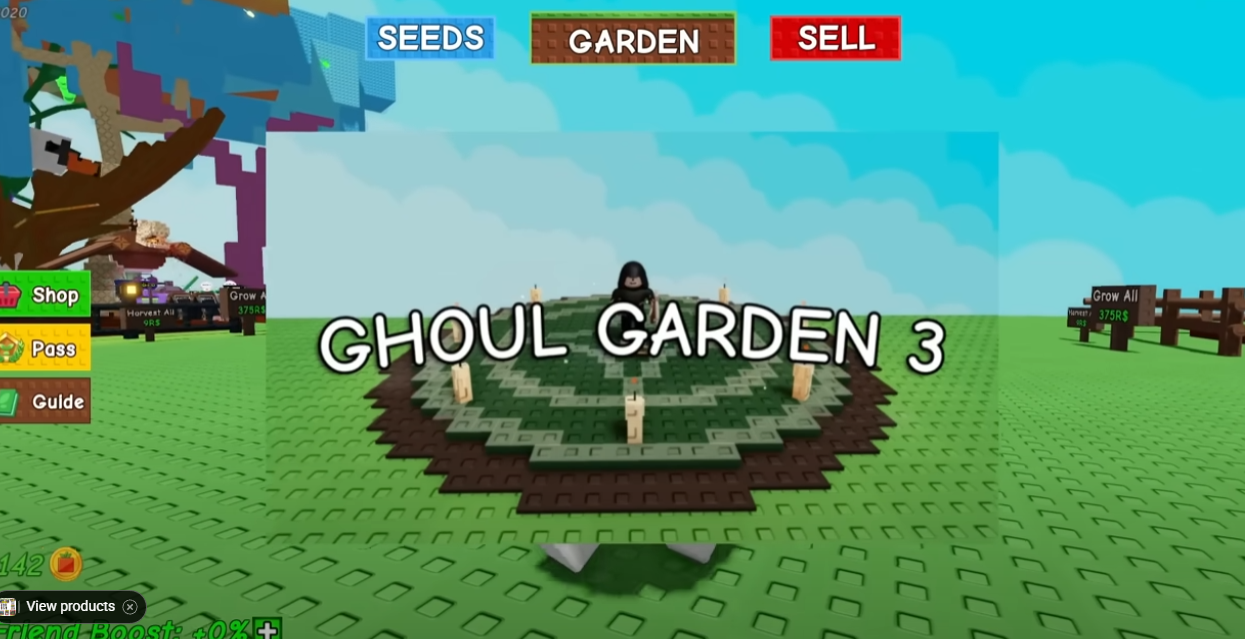Growing rare crops in Grow A Garden is one of the most satisfying aspects of the game, especially for players who enjoy experimenting with hybrid plants and optimizing their garden layouts. While the basics of planting, watering, and harvesting are simple enough, mastering crop mutations requires careful planning, patience, and a bit of strategy. In this guide, we’ll go over how crop mutations work, what factors influence them, and a few tried-and-true tips from experienced players.
Understanding Crop Mutation Basics
Crop mutation in Grow A Garden happens when two or more compatible plants are placed near each other under specific conditions. Each crop species has its own mutation potential, which can lead to new and rarer variants. These mutations can increase a plant’s yield, change its color, or even unlock new crafting materials.
To trigger a mutation, pay attention to the following elements:
-
Plant proximity: Some crops only mutate when grown next to certain other species. Experiment with different arrangements and note which combinations seem promising.
-
Soil quality: Higher-tier soil increases the chance of mutation success. You can upgrade your soil by using compost, fertilizers, or rare minerals.
-
Weather and season: Certain mutations only occur during specific weather patterns or seasons. Keep track of your in-game calendar to avoid missing these windows.
Preparing Your Garden for Mutations
Before you start experimenting with rare mutations, make sure your garden is properly set up. Begin with a diverse selection of base crops and enough open space for hybrid growth. Watering systems and automated sprinklers can help maintain the ideal moisture level without overwatering, which can stunt mutation rates.
For players who don’t have time to grind resources, you can buy grow a garden pets and other useful helpers that automate certain gardening tasks. These pets can speed up the mutation process by maintaining soil conditions or reducing pest infestations.
Tips for Rare Crop Discoveries
-
Crossbreed systematically. Keep a notebook or spreadsheet of your combinations. Random planting can work, but methodical tracking makes it easier to reproduce successful mutations.
-
Use fertilizers sparingly. Too much nutrient input can actually lower mutation chances. Try alternating between natural and synthetic fertilizers.
-
Rotate your crops. Replanting in the same soil repeatedly can cause “soil fatigue,” reducing mutation potential. Crop rotation refreshes the environment.
-
Watch for visual cues. Many rare crops show subtle color changes before fully mutating. If you spot unusual hues or textures, resist harvesting immediately—give it time to develop.
-
Collaborate with the community. The Grow A Garden player community is active and often shares new mutation combinations online. You can find rare setups or trade items through community forums.
Managing Resources Efficiently
One of the hardest parts of chasing mutations is resource management. Rare seeds, high-quality soil, and fertilizers can quickly drain your stockpile. If you’re short on resources, consider checking out a cheap grow a garden items shop online. Some players use marketplaces like U4GM to find in-game items at affordable prices, making it easier to experiment with high-end materials without wasting hours of grinding.
Remember that efficiency isn’t about spending the most—it’s about making the most of what you have. Recycle unused plants, sell surplus crops, and invest in tools that streamline your gardening workflow.
Final Thoughts
The mutation system in Grow A Garden adds incredible depth to what could otherwise be a simple farming sim. Whether you’re cultivating rainbow melons, frost lilies, or fireberries, the sense of discovery never fades. Be patient, observe patterns, and experiment often. The next rare crop could be just one combination away.
With these tips, your garden will not only be more productive but also more diverse and visually stunning. Keep exploring, stay curious, and enjoy the slow but rewarding journey of growing your perfect mutated garden.

